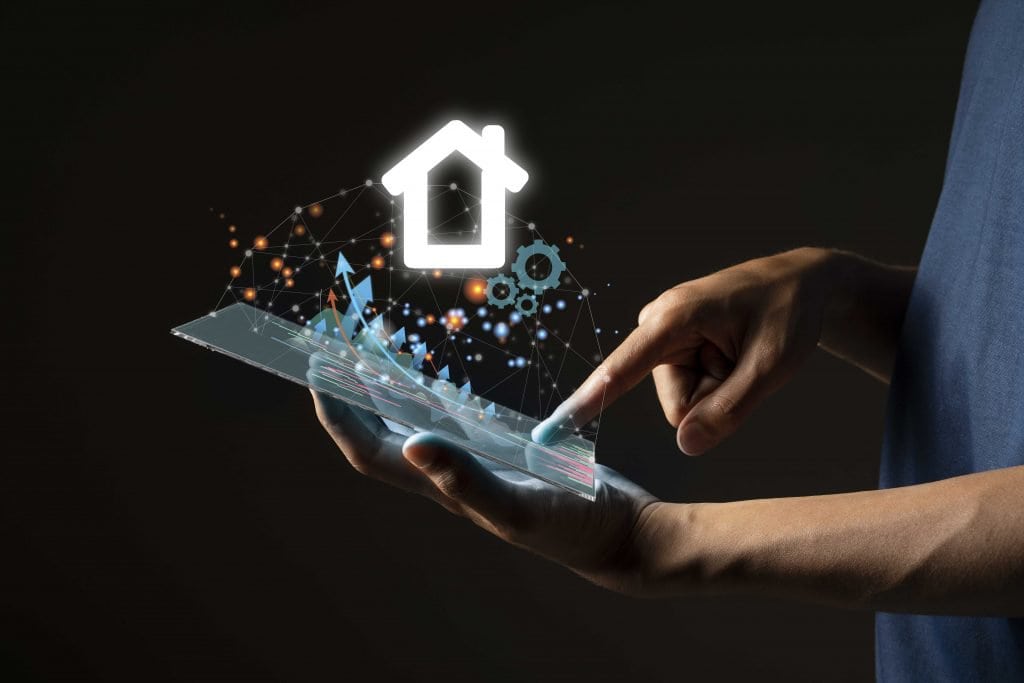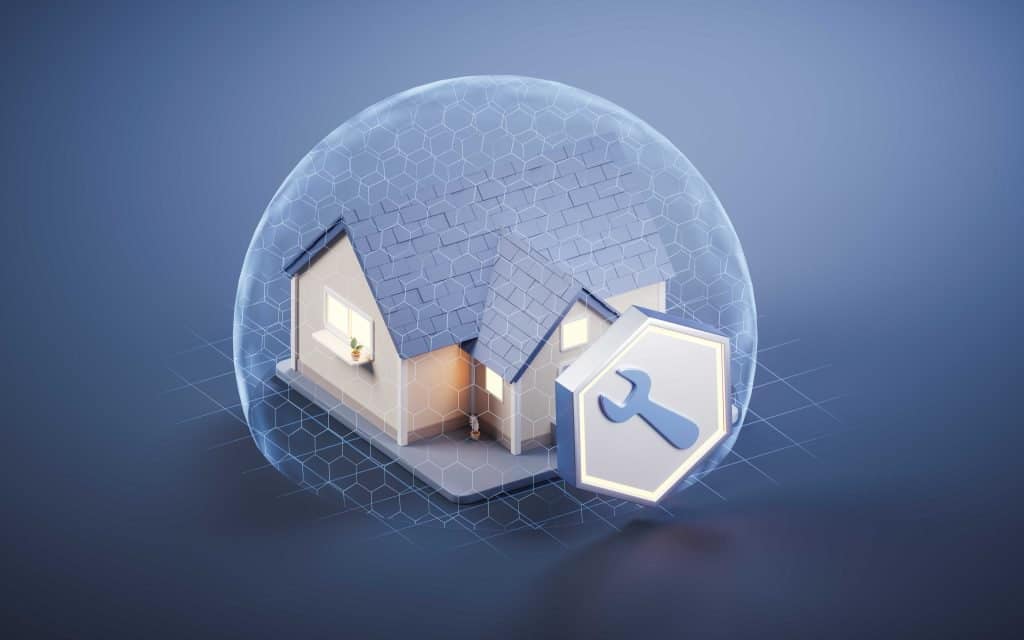In the rapidly evolving digital age, our homes are becoming more interconnected. Smart devices and Wi-Fi networks are as integral to our daily lives as the roofs over our heads. As we embrace this digital revolution, prioritizing the security of our online presence is paramount, especially for modern renters. This article will explore the intricacies of safeguarding your digital life in rented spaces, outlining practical tech tips to keep you secure.
The Increased Digitalization of Modern Living Spaces
As we deck out our abodes with smart devices, it's beneficial to appreciate the role of these technologies in creating a streamlined, convenient living experience. Yet, it's equally crucial to recognize the potential concerns linked with this increased digitalization, including increased cyber vulnerabilities, data privacy issues, and possible network breaches.
Balancing the advantages with the necessary caution will enable us to navigate this high-tech, interconnected landscape better.
The Importance of Digital Security for Renters
Being a renter in the digital age requires a proactive approach to security. Mismanaged digital footprints can become easy targets for cybercriminals. Consequently, it's essential to keep security practices updated with the escalating sophistication of cyber threats. Similar to if we were considering extending a lease agreement, taking measures such as ensuring networks are secured, smart devices are correctly configured, and data is regularly backed up can significantly mitigate the risks associated with data leakage.
Creating a solid defense strategy not only protects from immediate threats but also empowers renters to understand and manage their digital lives effectively in the long run.

Practical Tech Tips for Ensuring Digital Safety
Implementing these steps can provide robust protection for your digital life, further allowing you to enjoy the benefits of connected devices while minimizing potential security threats:
- Secure your Wi-Fi: Your Wi-Fi network is your digital entryway. Use a unique, robust password and the highest level of encryption – preferably WPA3. To dodge hackers, rename your router to something that doesn't directly identify you or your location.
- Manage IoT devices strategically: IoT (Internet of Things) devices often have default usernames and passwords that can be easily found online. It's critical to change these once your device is set up. Regular updates are also crucial since they often address security vulnerabilities.
- Set up guest networks: You can protect your primary network by creating a separate guest network for visitors.
- Proper password management: Good password hygiene is central to digital safety. A password manager creates strong, unique passwords and securely stores them, relieving you of the pressure to memorize every single one.
Following these guidelines can significantly enhance your digital security, making your digital space just as secure as your physical one.
Importance of Software Updates in Digital Safety
Taking these steps to habitual regular software updates goes a long way in shielding your digital presence, thereby contributing to a more secure digital experience:
- Priority to software updates: Understand that these updates are not just about new features but secure your devices by fixing security vulnerabilities.
- Automatic updates: Where available, enable automatic updates to ensure you're always running the latest and safest version.
- Manual updates: Set regular reminders to perform manual updates for devices or software without an automatic update option. Remember, outdated software is a welcome mat for cyber threats.
You're already upping your digital defense game by following this essential checklist.
Also, our digital dispersion demands that we fortify our digital lives just as we would our physical homes. Safeguarding the digital life of modern renters requires a strategic approach underpinned by the tools, knowledge, and habits outlined above. Recognized organizations such as Cybersecurity & Infrastructure Security Agency and Federal Trade Commission provide further informative resources that should be noticed. With efficient safeguarding measures, renters can harness the convenience of digital tools without compromising their digital security.
Taking Extra Measures: Investing in Cybersecurity Tools
In the battle for digital security, it helps to have the proper armory. Consider tools like Virtual Private Networks (VPNs) and firewalls. VPNs encrypt your internet connection, making online activities much more challenging to track, while firewalls monitor and control incoming and outgoing network traffic based on predetermined security rules.
Equipping yourself with these cybersecurity tools significantly enhances your data protection, giving you a robust shield against potential cyber threats.

Safeguarding Personal Data on Shared Networks
Navigating shared networks as a renter often necessitates heightened awareness. Exercising caution in your online activities, like avoiding sensitive transactions on shared networks and being mindful of the information shared on social platforms, can prevent unwanted data exposure and potential digital threats.
Given the shared nature of networks in rental situations, such mindful digital behaviors are beneficial and necessary for maintaining personal information security.
Conclusion
Our homes extend beyond physical boundaries in this digital era, echoing our digital dispersion. Just as we wouldn't neglect the security of our homes, it's equally as crucial to ensure the safety of our digital spaces. Safeguarding the digital life of modern renters goes beyond merely deploying security tools — it requires a strategic approach guided by a sound understanding and the necessary preventive habits previously outlined. With such protective measures, renters can confidently navigate the digital landscape while enjoying these advancements' manifold benefits.
